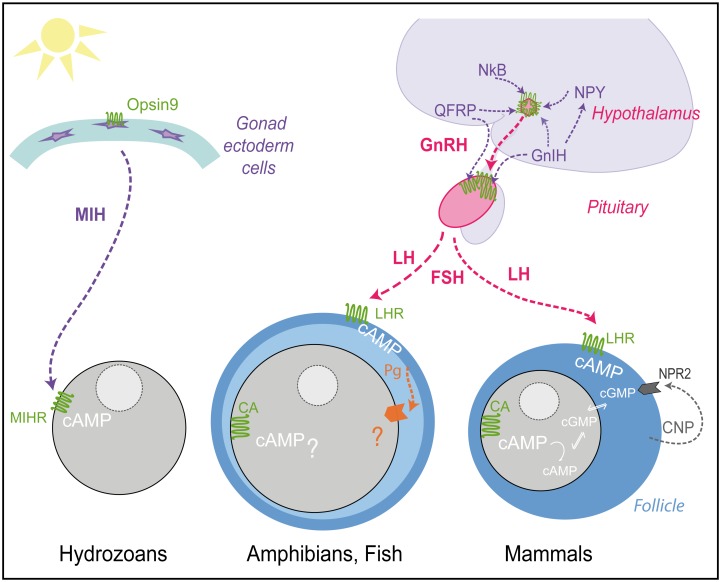Fig 7. Schematic comparison of GPCR regulation of Clytia and vertebrate oocyte maturation.
Simplified view of the tissues, hormones, and receptors involved in regulating oocyte maturation in Clytia and in fish/amphibians and mammals. For simplicity, we have not included protostome or echinoderm models. The principle peptide hormones of the reproductive hypothalamus-pituitary-gonadal axis (GnRH and LH/FSH) are in pink, and those for which the receptors group phylogenetically with Clytia MIHR in “Group A” (Fig 6) are in purple. Peptide hormones: Clytia MIH, Neuropeptide Y (NPY), GnIH, GnRH, LH, QRFP, NkB, and C-type natriuretic peptide (CNP). All their receptors, except the guanylyl cyclase natriuretic peptide receptor 2 (NPR2) activated by CNP, are GPCRs (green). Constitutively active (CA) GPCRs in vertebrate oocytes maintain cytoplasmic cAMP levels high prior to maturation. In mouse oocytes, a cAMP decrease upon hormone stimulation triggers maturation; however, in fish and frog oocytes the degree and role of this decrease is debated. Several types of oocytes receptor (orange) may respond to steroid hormones (Pg) in different species of amphibians and fish, but the relative importance of multiple downstream signalling pathways remains to be clarified [1,43,44,45,46]. See text for discussion. CNP, C-type natriuretic peptide; FSH, follicle-stimulating hormone; GnIH, gonadotropin inhibitory hormone; GnRH, gonadotropin-releasing hormone; GPCR, G protein–coupled receptor; LH, luteinizing hormone; LHR, lutenizing hormone receptor; MIH, maturation-inducing hormone; MIHR, MIH receptor; NkB, neurokinin B; QRFP, pyroglutamylated RFamide peptide.

